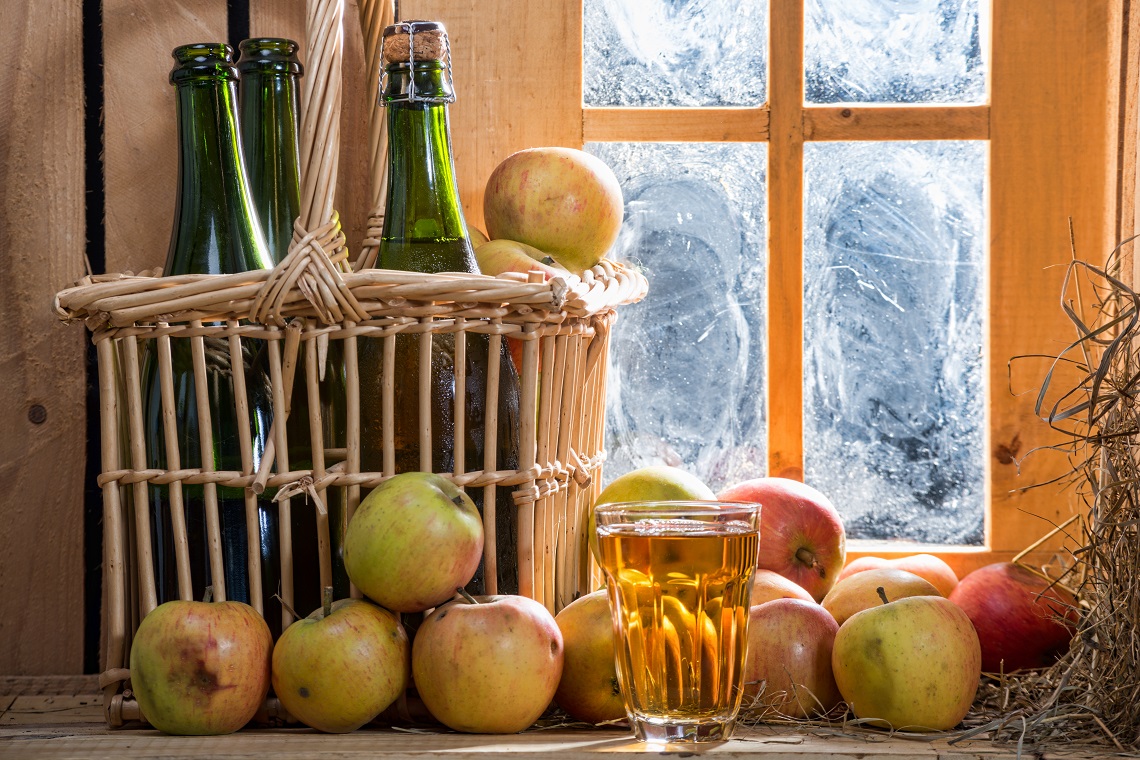IWSR is predicting the cider category volumes to record CAGR of two percent in the five years between 2021 and 2026, returning to 2019 levels by 2023.
IWSR’s predictions are partly based upon the strength of the category in 2021, when it hit a volume growth of eight per cent.
Nevertheless, IWSR also forecasts two major challenges to cider in the coming years: the irresistible rise of RTDs, and an over-reliance upon the British and Irish markets (which currently account for about a third of cider sales across the world).
Both Ireland and the UK have experienced cider booms in recent years, with IWSR suggesting the category may have seen its peak in these nations, and that growth will become more difficult for cider brands.
However, emerging markets offer opportunities for cider, with volumes growing at over 50 per cent in Africa in 2021, with South Africa the continent’s largest cider market, and a traditional cider-drinking nation.
RTD growth presents challenges
IWSR pointed to a previous spike in RTD sales, in the mid-nineties, when the category’s growth led to a ‘steep decline’ in cider consumption, driven by younger LDA drinkers. Again, the analysts expect RTD’s popularity to eat into cider’s market share.
This phenomenon has already been seen with the US, with RTDs constraining an American cider category which trebled between 2012 and 2015, as IWSR outlines: ‘The green shoots of a craft cider movement became evident before the rapid rise of RTDs stunted the development of the category.’
With previous RTD booms, cider brands have responded by branching into new flavours. This time around, IWSR has identified the adoption of the ‘better-for-you’ market as a key means of responding to the strength of RTDs.
‘Normandy-based cidery Maison Sassy, for example, introduced a zero-ABV version of its original Sassy Organic Cider in the UK,’ IWSR’s report read.
‘Heineken is also targeting younger LDA cider drinkers with the launch of its low-calorie Strongbow Ultra Dark Fruit.’
‘Tapping into the health and wellness trend, for example, Schilling Cider released Vida Mate cider which contains Yerba Mate, a natural tea-like compound containing health benefits, in flavours blackberry lemonade, lemon mint and mango lime,’ the report continued.
IWSR also detailed how certain American brands are co-opting, rather than conflicting with, the Hard Seltzer trend, by releasing seltzers with a cider base.
The analysis also suggested that at the premium end of the category, ‘heritage’ or single vintage ciders were also making in-roads with aficionados, in a similar fashion to single vintage wines.
IWSR concluded by stating that although there are inherent challenges from the RTD category, it also brings some positives for cider, saying: ‘All the recent cider innovation points to a category that is benefitting from consumer interest in RTDs.’
‘With an opportunity to leverage its core flavour base with the additional unique attributes that appeal to today’s consumer, the runway for cider growth could be long.’

